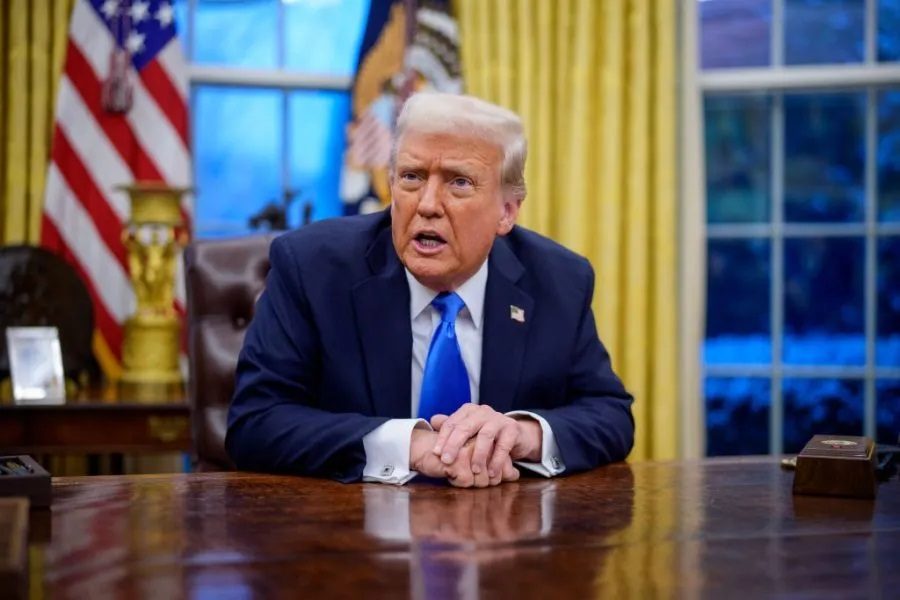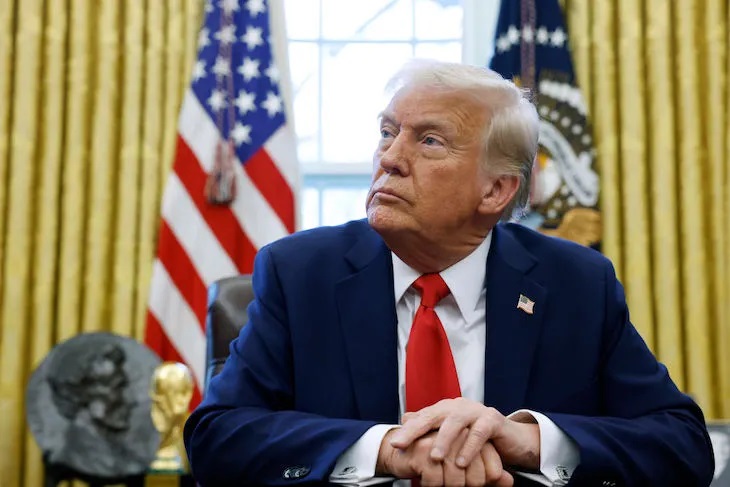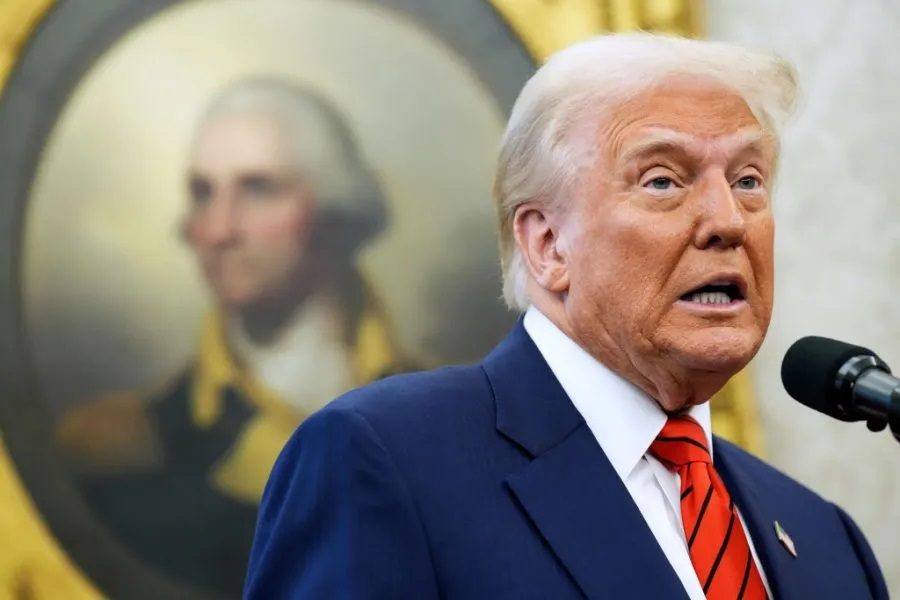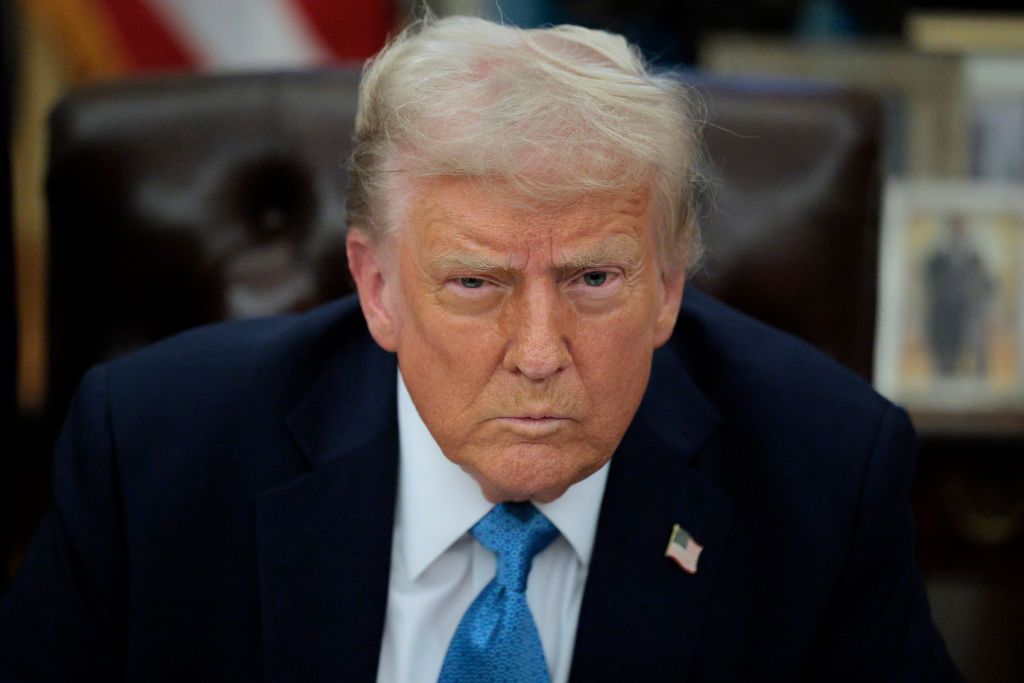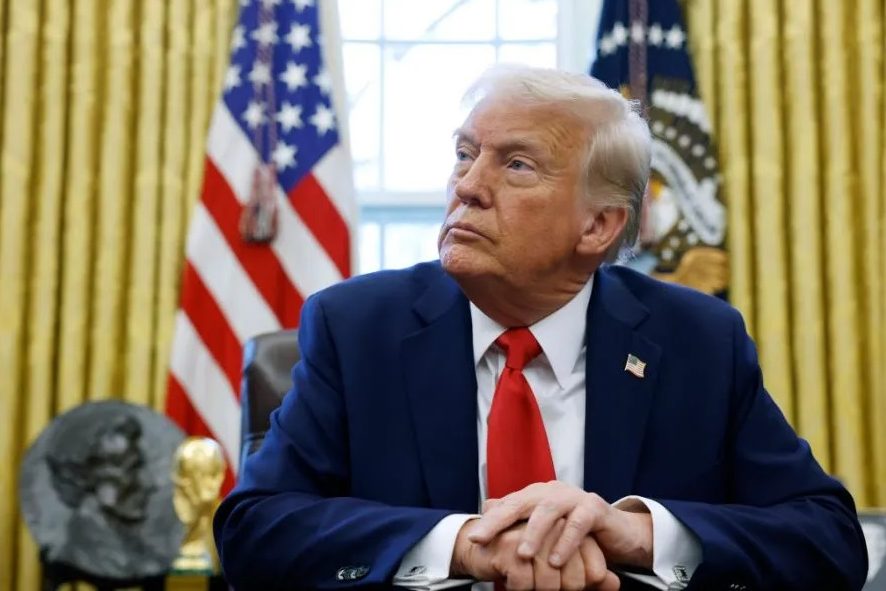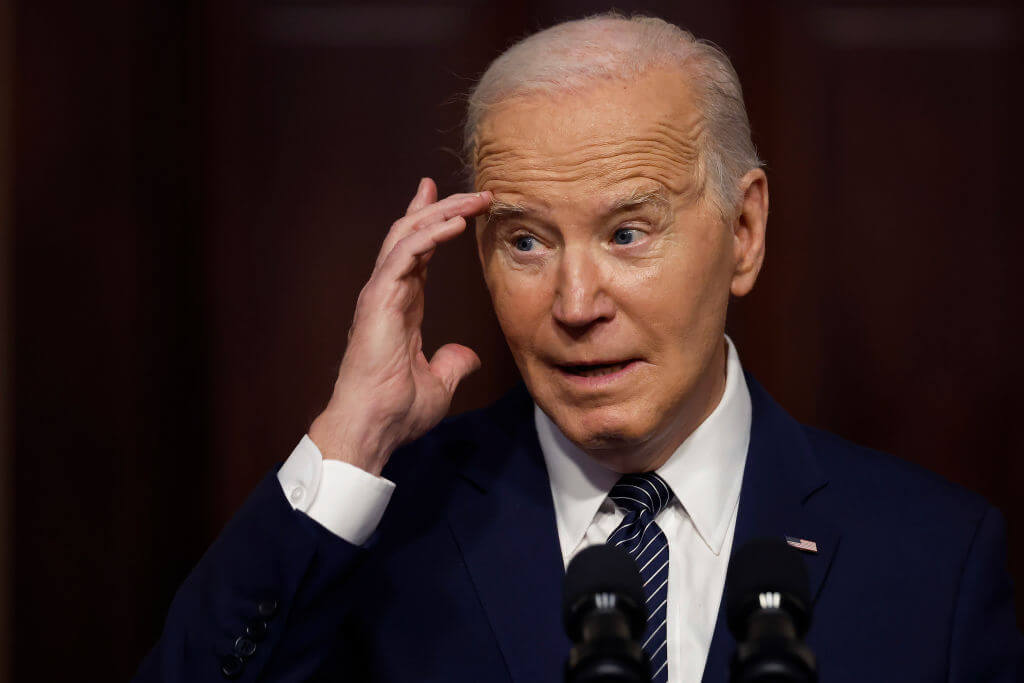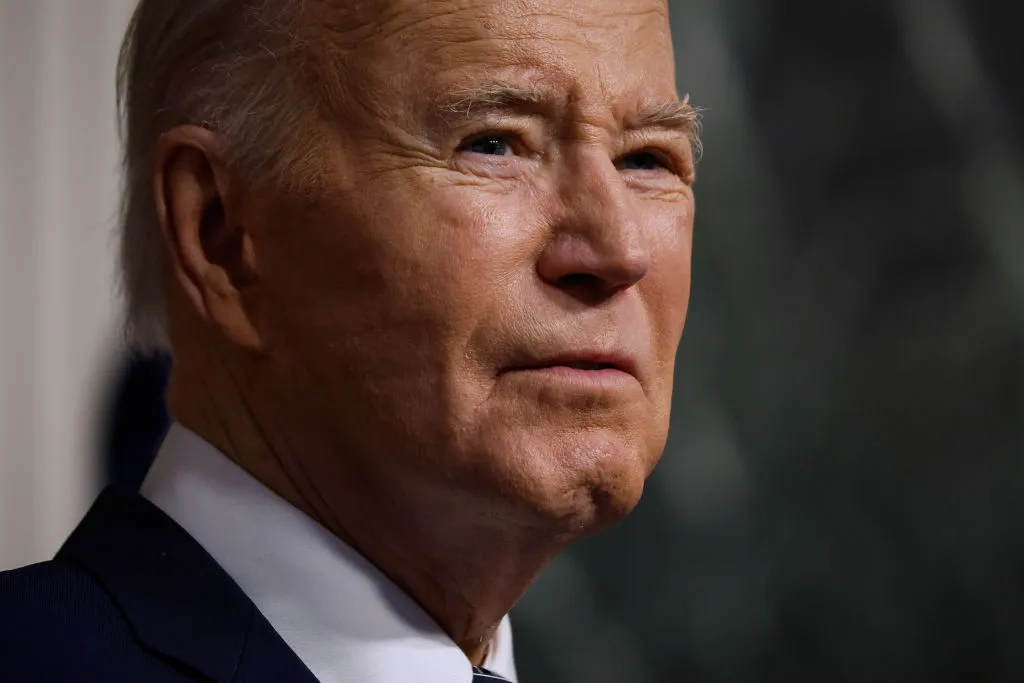President Donald Trump’s second meeting with a Middle Eastern leader in the Oval Office — this time with King Abdullah of Jordan — was even more striking than his first with Israeli prime minister Benjamin Netanyahu. If last week’s encounter signaled a seismic shift in US Middle East policy, yesterday’s developments confirmed it: the balance of power has decisively tilted in Israel’s favor.
The image of King Abdullah, visibly uneasy, twitching as he unexpectedly declared that Jordan would accept 2,000 sick Gazan children, was a moment of profound significance. It suggested that Trump’s relentless pressure — both public and private — was beginning to bear fruit.
The message from Trump and Netanyahu is unmistakable: the era of appeasement is over
Equally telling was Trump’s uncompromising stance on Hamas’s threats regarding the hostages slated for release on Saturday. He left no room for ambiguity: any deviation from the agreement would spell the collapse of the ceasefire and the unleashing of devastating consequences. “All bets are off” was not mere rhetoric — it was a warning backed by unmistakable resolve. Netanyahu, fresh from a four-hour security cabinet meeting, echoed the sentiment: if Hamas failed to deliver as promised, Israel would return to war — immediately and forcefully.
What Trump and Netanyahu grasp — and are demonstrating in real-time — is that Middle Eastern diplomacy demands clarity, strength and an unflinching sense of purpose. The Biden administration’s vacillating approach — supporting Israel in one breath and chastising it in the next — emboldened adversaries who thrive on Western hesitation. That era is over. Trump’s pronouncements, while sometimes lacking in detail, have been unambiguous in intent. He has hailed the IDF as brave and effective, while recognizing Hamas as brutal and barbaric. This clarity has emboldened Netanyahu, assuring him that Israel has the backing of an American president who recognizes reality and has no qualms about stating it.
Hamas, long accustomed to Western leaders who equivocate, appears caught off guard by this unyielding stance. Its initial threats to withhold hostages quickly gave way to an awkward, defensive response — accusing Trump of racism and attempting to pin delays on Israel. The shift is palpable: Hamas, once adept at manipulating international opinion, now finds itself reacting rather than dictating the terms of engagement. Yet the standoff remains and the question lingers: who will blink first?
Meanwhile, coordination between Washington and Jerusalem appears seamless. Israel knew in advance of Trump’s ultimatum to Hamas, reinforcing the impression of a US-Israel alliance moving in lockstep. Behind the scenes, a broader strategy is unfolding — one that goes beyond securing hostages or managing short-term ceasefires. Trump’s blunt remarks on relocating Gazans were characteristically direct: moving two million people, he argued sitting alongside the Jordanian king, is not a difficult task, and it would not constitute ethnic cleansing because they would be relocated to a “better place.” Controversial? Certainly. But emblematic of his transactional, unsentimental approach to geopolitics, in which details, and other countries, are expected to fall in line with overarching objectives.
The Jordanian king’s visible discomfort during his joint appearance with Trump underscored the pressure he is facing. His sudden, unplanned commitment to take in Gazan refugees suggests that closed-door negotiations are yielding tangible results. He also hinted at ongoing discussions involving the US and Egypt — suggesting a broader strategy taking shape. Trump’s method — applying relentless pressure until allies and adversaries alike bend — seems to be reshaping not only Hamas’s calculations but also the regional landscape in both America and Israel’s favor.
What we are witnessing could well be the slow unravelling of Hamas’s long-practiced strategy of defiance and manipulation. For years, the group operated under the assumption that the West, divided and fearful of escalation, would ultimately capitulate. Trump and Netanyahu are proving otherwise. By calling Hamas’s bluff, they are forcing it into a corner — making clear that threats will no longer yield concessions but rather overwhelming consequences. And yet the consequences for the remaining hostages could be dire.
This moment could prove decisive. Hamas’s belief that it could dictate the terms of the ceasefire appears far less certain than it did just weeks ago. Jordan’s reluctant concession signals that even traditional Arab allies are feeling the weight of the new reality. And Netanyahu, emboldened by Trump’s unwavering backing, is preparing for the next phase — whether that means receiving the hostages or resuming the fight until Hamas is decisively defeated.
The message from Trump and Netanyahu is unmistakable: the era of appeasement is over. As always with Trump, the full scope of his intentions remains opaque and the details of his strategy are far from clear. But his determination, clarity and unrelenting pressure are compelling all players to move — whether they want to or not.



